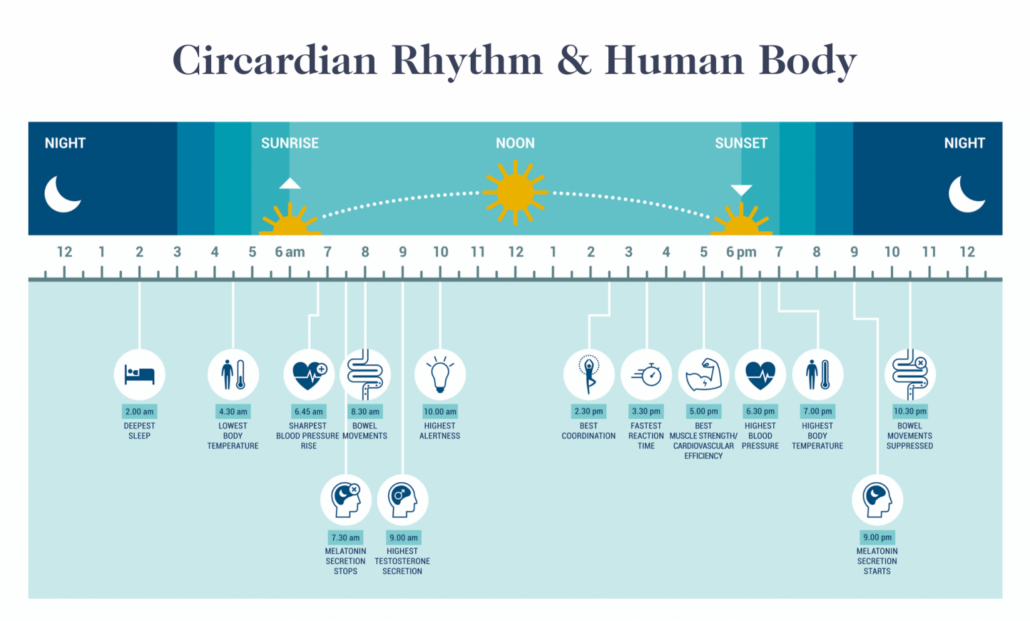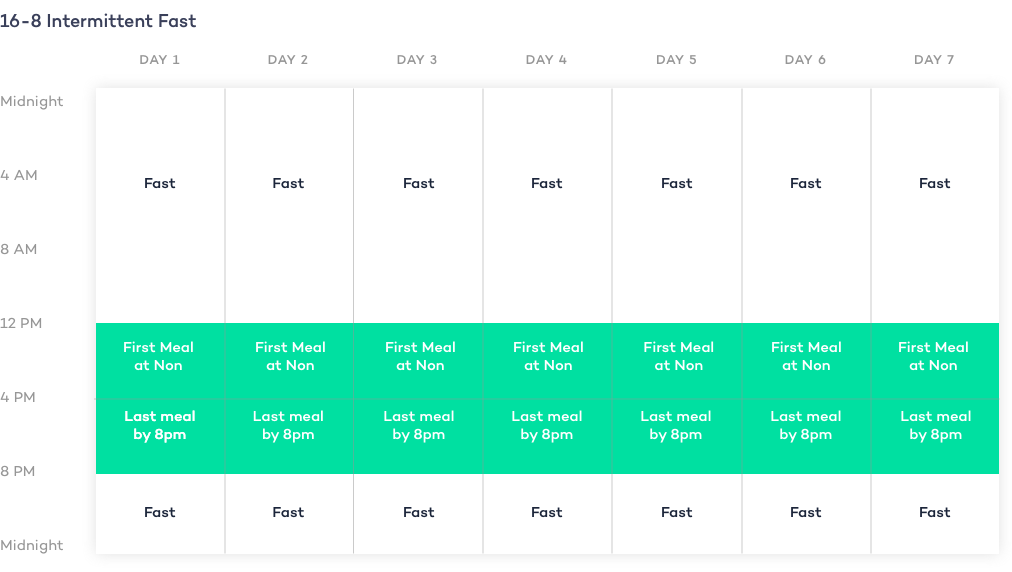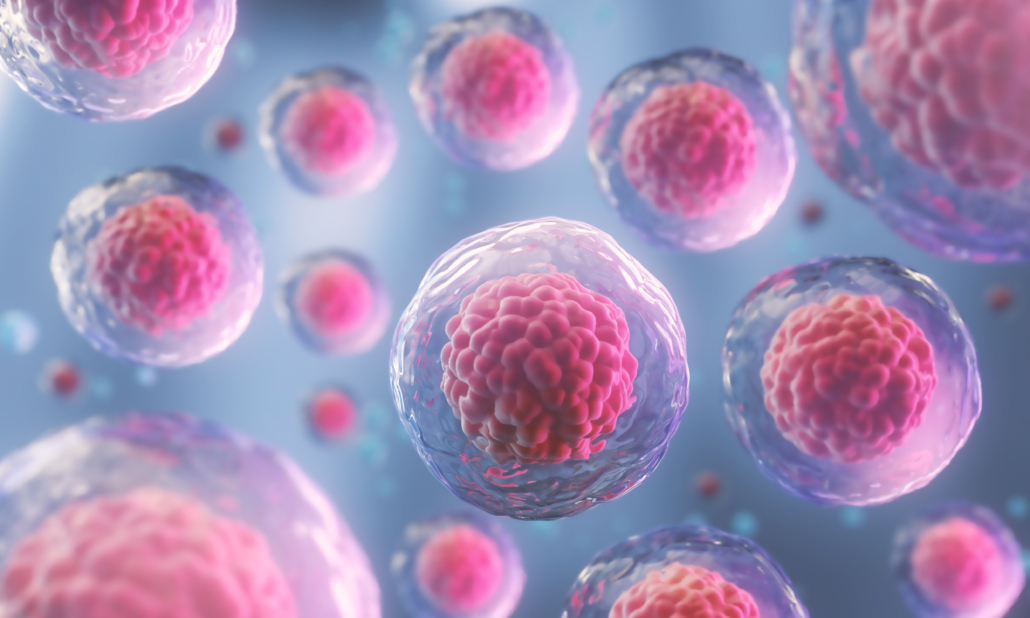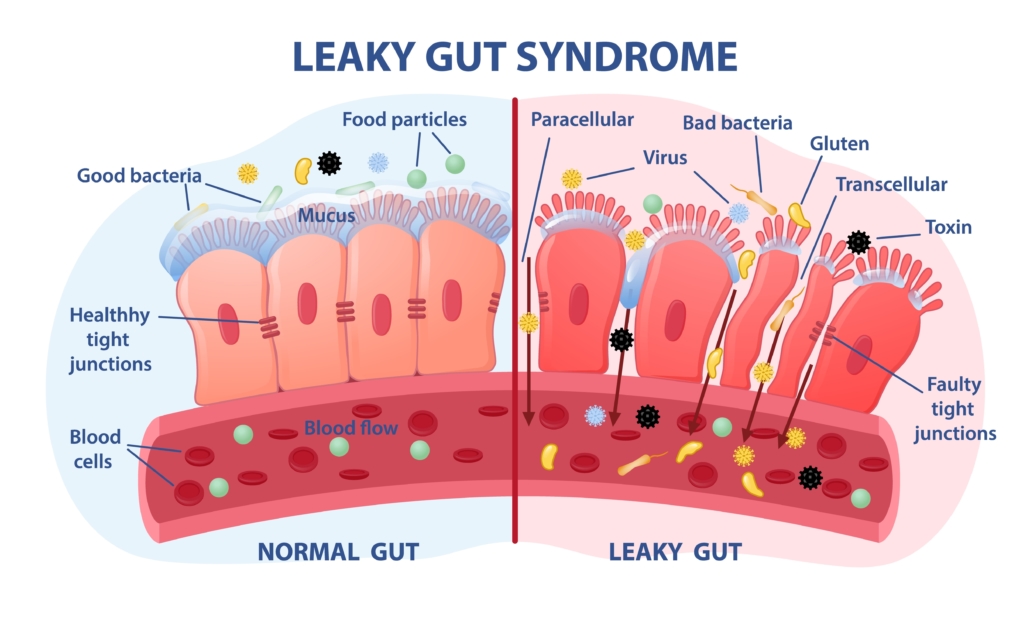We include products in articles we think are useful for our readers. If you buy products or services through links on our website, we may earn a small commission.
Time Restricted Eating (TRE): Benefits and How to Do it

Time-restricted eating (TRE) is a type of intermittent fasting. TRE aims to align your eating window with your body’s natural light and dark cycle, known as your circadian rhythm.
Time-restricted eating is supported by studies showing that eating out of synch with our daily circadian rhythm interferes with the rhythmic processes of our organs, which can result in an increased risk of various chronic diseases.
To optimally align the time you eat with your circadian rhythm, TRE calls for limiting eating to a number of daylight hours each day–usually between 10 and 6 hours.
In this article, we’ll explore the benefits of TRE, how to do it, and what to eat and drink to get the greatest benefits.
Table of Contents
What’s the Difference Between Time Restricted Eating and Intermittent Fasting?
As a type of intermittent fasting, time-restricted eating calls for eating within a limited number of hours during daylight.
Intermittent fasting is a term that includes shorter-term time-restricted eating techniques while also referring to more intensive fasting periods like OMAD “one meal a day’” and other IF fasting methods that last more than 24 hours.
Put simply, time-restricted eating is explicitly about aligning your eating with your circadian rhythm, while intermittent fasting includes all intentional fasting patterns.

Consuming food in rhythm with your circadian rhythms on TRE is a dietary approach known as chrononutrition.
Studies show that eating during daylight and abstaining from food after sundown results in benefits, including
- Reduced body fat
- Improved sleep
- Improve digestive symptoms, including abdominal pain, bloating, diarrhea, and constipation
- Reduced risk of intestinal dysbiosis (overgrowth of harmful bacteria)
- Improved immune cell recovery
This means that if you finish your last meal at sundown, your next meal wouldn’t be until sunup the next day.
How to Do Time-Restricted Eating?
The most common approach to time-restricted eating is to eat all your food for the day within an 8-hour period of daylight.
Eating between 10 a.m. and 6 p.m. or 12 to 8 pm are common windows, depending on when the sun sets. The remaining 16 hours is a fasting period where you do not consume any calories from food or beverages.
This fasting schedule is also referred to 16/8 fasting. The only difference is that TRE is explicit about keeping the 8-hour eating window within daylight hours.

Benefits of Time Restricted Eating
Time-restricted eating has been shown to offer numerous powerful health benefits, including
- Stimulates autophagy–a process of cellular repair and renewal
- Stimulated stem cell production helps heal intestinal permeability
- improves insulin sensitivity
- reduces inflammation
- increases BDNF–miracle grow for your brain
- supports weight loss
Stimulates Autophagy (Cellular Repair and Renewal)
Studies show that time-restricted eating that eliminates caloric intake for at least 16-18 hours stimulates a process of cellular repair and renewal called autophagy.
However, not just any 16-18 hour period of abstaining from calories will trigger autophagy. It only turns on when fasting overnight.
If you haven’t heard of autophagy, here’s a rundown of what it is and its critical benefits. 6
- Autophagy is a natural process of “cellular spring cleaning” where damaged cells and cell components like organelles and misfolded proteins are recycled into healthy, fully functional cells
- Autophagy Is critical to the health of nearly every organ
- slows with aging and is therefore associated with various anti-aging benefits
- promotes longevity
- supports heart health
- reduces inflammation
- protects against infection from bacteria and viruses
- protects against neurodegenerative diseases
- protects against cancer
Increased Stem Cell Production and Intestinal Healing

Stem cells are the body’s raw building materials. They’re the foundation of all other cellular structures.
Stem cells are the foundations of all the cellular structures in your body. Think of them as the raw building blocks for tissues and organs.
Aging in the body is directly related to a reduction in our ability to produce stem cells.
When stem cell production slows down in our intestines it can be particularly detrimental to our systemic health.
Our intestines are the most important barrier of defense against plant toxins, antigens, pesticides, molds, and other toxic substances that we ingest.
Over time, these substances destroy our mucosal lining and create gaps in our intestinal walls. These gaps allow the passage of all these toxins into our bloodstream, where they get deposited throughout our bodies.
This condition, known as intestinal permeability, or “leaky gut” is a root cause of chronic inflammation and autoimmune diseases.

Studies show that time-restricted eating can stimulate stem cell formation, providing healing and protection in the gut.
Improves Insulin Sensitivity
In an extensive 2022 review of various intermittent fasting approaches, including time-restricted eating, researchers determined that IF is an effective treatment for many diseases associated with insulin resistance.
A 2019 study on time-restricted eating found that TRE reduced 24-hour average blood sugar levels and reduced insulin resistance.
A 2018 study on obese, prediabetic men found that time-restricted eating improved Insulin sensitivity, blood pressure, and markers of inflammation even without weight loss.
Reducing and reversing insulin resistance offers various health benefits, including :
- Improves symptoms of diabetes
- Reduces the risk of heart disease
- Resolves PCOS
- Improves cognition
- Protects against neurological diseases
- Better skin complexion
- Less water-weight
Reduces Inflammation
Chronic inflammation is the root cause of the world’s most lethal diseases, killing 3 out of 5 people.
- heart disease
- Stroke
- respiratory diseases
- Cancer
- Diabetes
The good news is that numerous studies have found that time-restricted eating is a powerful approach to reducing markers of inflammation, including oxidative stress and cortisol levels.
Intermittent fasting approaches similar to TRE have been used as therapy for inflammatory conditions like rheumatoid arthritis, Sjogren’s, and MS.
Increases BDNF “Miracle Grow for Your Brain”
Time-restricted eating has been shown to stimulate the production of a hormone called brain-derived neurotrophic factor (BDNF-1).
BDFN plays a role in creating new brain cells, which compelled neuropsychiatrist John J. Ratey to deem it “Miracle-Gro for the brain.”
Researchers have associated BDNF with the formation of new neural pathways associated with better learning ability. While low BDNF levels are associated with neurodegenerative diseases like Parkinson’s and Alzheimer’s.
Studies on animals have found that BDNF increases induced by fasting correspond with lower levels of depression, anxiety, and neurodegeneration.
One human study found that fasting from dawn to sunset significantly increased BDFN levels. Meanwhile, other research shows that BDNF production naturally increases overnight.
Considering these findings, it is likely that practicing a time-restricted eating pattern that shifts the fasting period to nighttime would increase BDNF production over daytime fasting.
Weight Loss and Improved Body Composition
Numerous studies show that TRE is modestly effective for promoting weight loss.6 7
Studies with both normal-weight and obese participants found that time-restricted eating patterns from 7–12 hours over 2–4 weeks found up to 5% weight loss.
But as we touched on above, weight loss is a relatively superficial health factor. In fact, it is common to have stored body fat and be metabolically healthy. At the same time, it is common to be normal weight and metabolically unhealthy.
And time-restricted eating is a powerful tool for improving markers of metabolic health like reducing blood sugar, insulin resistance, and inflammation.
That said, intermittent fasting has been shown to promote the oxidation of fatty acids and support people in consuming fewer calories. Both of these are factors in weight loss.
Studies have shown that IF can increase your metabolic rate–the speed at which your body burns calories–by up to 14%. This rate increase occurs even when your body is at rest. Figures Save Share Reprints Request Time-Restricted Feeding without Reducing Caloric Intake Prevents Metabolic Diseases in Mice Fed a High-Fat Diet”/]
Research on numerous variations of intermittent fasting has found it safe and effective for weight loss, with the potential to promote a 9.9% reduction in body weight.
Time-Restricted Eating Concerns?
Time-restricted eating is one of the gentlest and most easily adopted intermittent fasting methods.
It is safe for most people because it simply realigns our eating patterns with our natural internal biological clock.
What About Eating Disorders?
Time-restricted eating is not recommended for people with eating disorders. TRE can be used to conceal anorexia and increase the severity of bulimia.
What to Eat During Time Restricted Eating?
Many people who practice time-restricted eating find that the best results come from consuming low-carb, nutrient-dense ancestral foods centered around fresh meats, supplemented with organ meats, seafood, and full-fat dairy.
Nutrient-dense whole foods that support TRE, including
Fatty, whole foods provide saturated fats, cholesterol, and micronutrients nutrients that support the formation of healthy cell membranes and organelles.
Approaches that allow some low-carb fruits and veggies include Mediterranean keto and pescatarian keto. At the same time, all-meat carnivore diet is a popular ancestrally-aligned approach.
Combining low-carb high-fat eating with time-restricted eating mimics ancestral eating patterns that formed our physiology over millions of years of evolution.
What to Drink When Time Restricted Eating?
During periods of not eating, mineral water is the best option.
However, black coffee and tea are generally accepted. A cup of black coffee only contains 2-3 calories. This will not disrupt the fasting state and can enhance the process of autophagy.
Time Restricted Eating: The Bottom Line
Time-restricted eating is an approach to intermittent fasting that aligns the eating window with daylight hours.
Aligning eating with daylight and restricting calories during the night resets your body’s internal biological clock, improving sleep, reducing insulin resistance, controlling blood sugar, and reducing blood pressure.
At the same time, restricting calories for 16 hours stimulates the production of stem cells, autophagy (cellular renewal), and BDNF–a hormone that improves learning.




















